Library Express: Looking to the Library in the Economic Turmoil of the Rust Belt?
Growing up in the Appalachian backwater, I always expected the model store to stand on its own, both physically and economically: four external doors, at least one door, perhaps a roof, invoking the shape of a home, barn, or county store. Yet, as I’ve grown older and more knowledgeable, understanding of urban geography, architecture, and the market have proven my childhood sensibilities to be wrong on at least multiple fundamental levels.
I’m not sure that my youthful mind could have wrapped itself around the Library Express bookstore, something that takes something perhaps deceptively simple – the independent, small business of the bookstore – and directly challenges its place in your head.
The Library Express is located on the second floor of the Marketplace at Steamtown, the city mall in Scranton. On that floor, the bookstore is accompanied by most notably the gym, Scranton Public Market, Boscov’s, Luzerne Community College, but of course, also a number of other stores which, like Library Express, are relegated to being marked by code on the mall directory: clearly, they aren’t mainstays, but economic ephemera.
If the mall does not already function as its own miniaturized (albeit hypercommercialized) environment, one only needs to look out the mighty glass windows on the mall’s second floor to view the greater neighborhood sprawl.
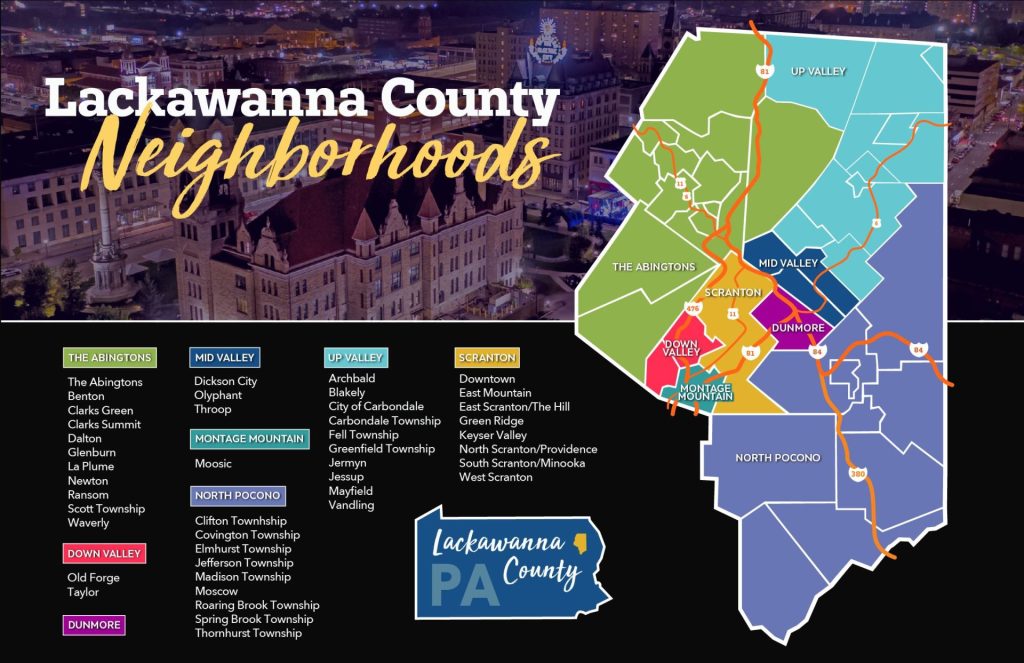
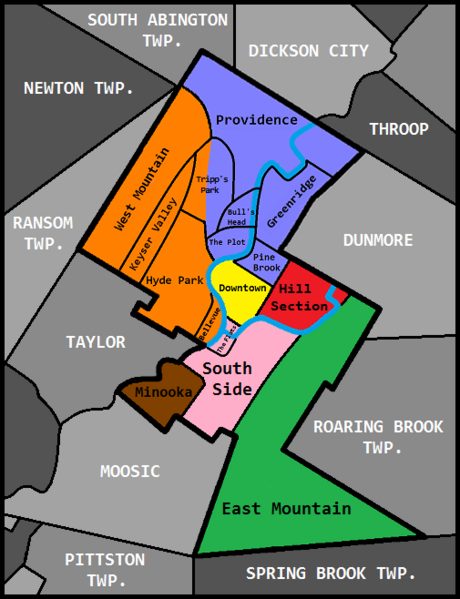
The Marketplace is located at the south end of the “Downtown” neighborhood of Scranton, almost forming a wall at the intersection of the Lackawanna River and its tributary. The southwesterly flowing River flanks the neighborhood to the west, with its tributary making another natural border flowing east. The northeast holds the aforementioned expansive downtown neighborhood in full, reaching about until you hit Delmore. This is possibly the most modern part of the city (consider the President Biden Expressway) and where the Marketplace derives its style and commercial spirit. Behind the mall is most notably the Steamtown Railroad Museum, from which the Marketplace derives its name and elements of its cultural spirit. Though most businesses are located in the expansive downtown, a few do dot the peninsula to the south: a few small shops, a marijuana dispensary, industrial supply shops, medical clinics, and even a rehab Salvation’s Army. Like any good nosy neighbor, I find that this backyard view tells a lot about Scranton’s character.
While I’m not from Wyoming Valley, Susquehanna alumnus Bree Brennan is. When I attempted an interview about the bookstore, they were surprised to hear of it, and provided this explanation why:
“The economy [of Scranton] isn’t super sustainable. A lot of shops open and close within a couple of years… The mall is pretty rundown. It’s not exactly a tourist destination. No one comes to the city, except for Christmas lights and The Office.”
Bree Brennan
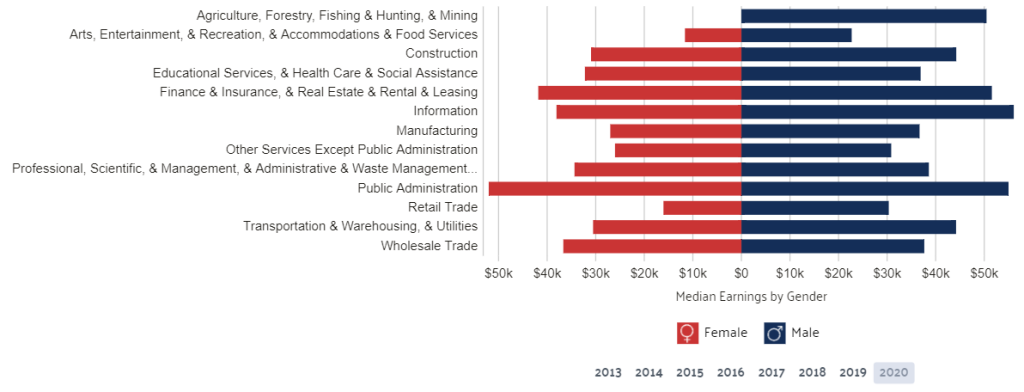
This downcast sentiment is one I’ve found to be pretty common amongst discussions of Scranton, if not Pennsylvania as a whole. Scranton is, or was, the Electric City, powered by its local anthracite. Yet, with the excision of the Rust Belt industry and thus the compounding redundancy of coal, Scranton’s economy languishes, struggling to find a niche. Its formerly proud factories and working class have now become the butt of many jokes, now being ranked consistently one of the saddest or ugliest locales.
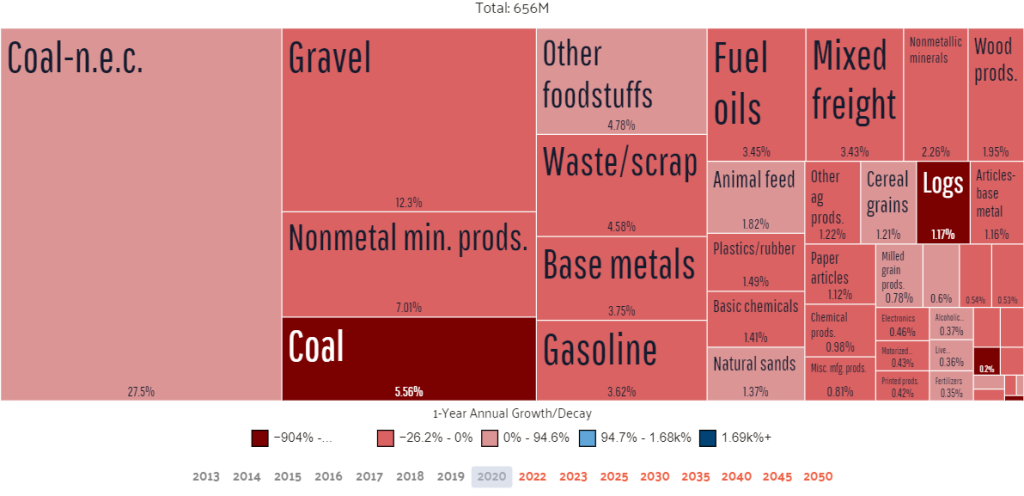
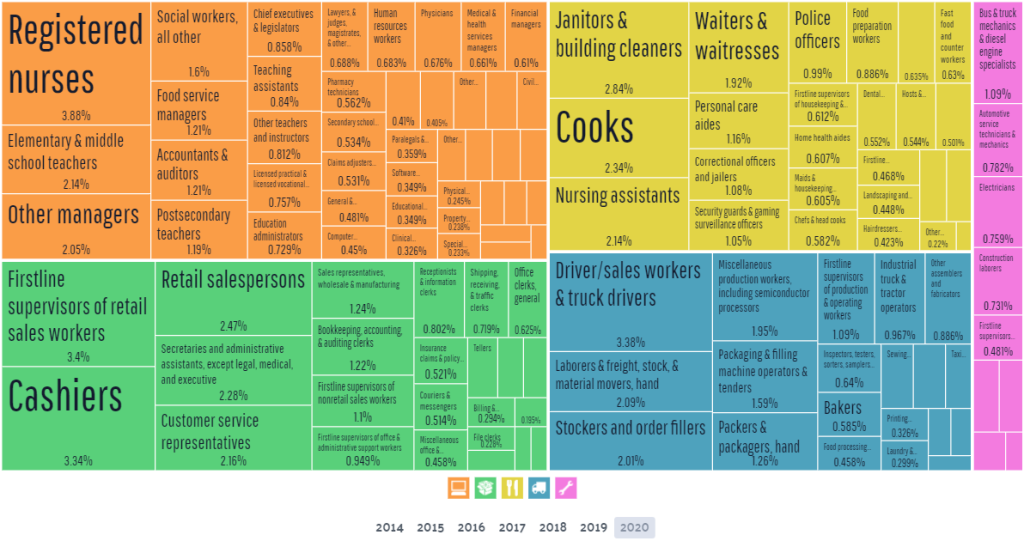
All of this seemingly in spite of the city’s learned populace: despite a relatively small population at around 75,000, it holds at least four universities in Scranton alone. The Valley also possesses nine libraries, of which, any uninformed reader might be shocked to find actually count the Library Express as one of their own! Yes, it’s a dual bookstore and public library! It performs this dual role exceptionally: to address Bree’s concerns, it proudly sells The Office merchandise (ranked above its Electric City identity on its bookshop.org page) to cater to outsider tourists as well as the library lending services it offers to city denizens.
With economic reasons already cited, should this fact shock you? Perhaps this is the perfect place for such experimentality. In the Rust Belt or other economically-suffering locales, sometimes the most powerful chains are those of the government. As recanted in Miller, the standardization of chains – perhaps interchangeable with the standardization of the library, thanks to the work of John Dewey and other librarians? – lends itself well to shopping centers like the mall (Miller, p. 91). Furthermore, in such a mercurial economic environment, the bookstore is sure to suffer, and, as Carrion notes, the library might ensure a more permanent place (Carrion, p. 41). Were these bookstores to fall, and in the Rust Belt they most certainly have, they would merely become more empty spaces in the mall. It is in the hearts and minds of the people that the space is given meaning to become the place (Creswell, p. 10), and who could ever own the public library but the people?
With all that in mind, this dual-role public library venture might be the model for the post-capitalist bookstore of the future. With Scranton’s layered history of labor and public action, it certainly fits the locale – though, more on that in my next post.
Sources
Charts
Data USA. “Domestic Tonnage in Tonnage.” https://datausa.io/profile/geo/scranton-city-dunmore-old-forge-taylor-moosic-boroughs-puma-pa. Accessed 19 Sept. 2023.
Data USA. “Median Earnings by Industry.” https://datausa.io/profile/geo/scranton-city-dunmore-old-forge-taylor-moosic-boroughs-puma-pa. Accessed 19 Sept. 2023.
Data USA. “Occupations.” https://datausa.io/profile/geo/scranton-city-dunmore-old-forge-taylor-moosic-boroughs-puma-pa. Accessed 19 Sept. 2023.
Interview
Brennan, Bree. Interview. Conducted by Gavin Knouse. 18 Sept. 2023.
Maps
100 Penn Ave. Google Maps, 2023, maps.google.com.
Lackawanna County Visitors Bureau. “Lackawanna County Neighborhoods.”, https://www.visitnepa.org/maps-info/scranton/. Accessed 19 Sept. 2023.
Map of Scranton. Google Maps, 2023, maps.google.com.
Seliga, Christopher. “Scranton Neighborhoods.” Wikimedia Commons, https://commons.wikimedia.org/wiki/File:Scranton_Neighborhoods.png. Accessed 19 Sept. 2023.
Steamtown National Historic Site. Photograph taken by Levi Naugle. Google Maps, 2023, maps.google.com.
The Marketplace at Steamtown. https://www.themarketplaceatsteamtown.com/. Accessed 19 Sept. 2023.
Misc. Links
Scranton Public Library/Library Express Bookstore. Bookshop.org, https://bookshop.org/shop/libraryexpress, n.d.. Accessed 19 Sept. 2023.
Tripadvisor. “Photo: Library Express Bookstore & Library.” https://www.tripadvisor.com/LocationPhotoDirectLink-g60969-d949455-i476270575-The_Marketplace_at_Steamtown-Scranton_Pennsylvania.html. Accessed 19 Sept. 2023.
News Videos
BBC. “Why do people like bashing Pennsylvania?” YouTube, 27 Nov. 2014, https://www.youtube.com/watch?v=ZGSVobnGUCE. Accessed 19 Sept. 2023.
Lange, Stacy. “Ugly Accent? What Ugly Accent?” WNEP, 2 Oct. 2014, https://www.wnep.com/article/news/local/lackawanna-county/ugly-accent-what-ugly-accent/523-5cb0460b-bf1f-4767-bc1f-7b5bfdc3c365. Accessed 19 Sept. 2023.
Theory
Carrión, Jorge. Bookshops: A Reader’s History, translated by Peter Bush. Biblioasis, n.d..
Cresswell, Tim. Place: a short introduction. Blackwell Publishing, n.d..
Miller, Laura J. Reluctant Capitalists: Bookselling and the Culture of Consumption. University of Chicago Press, 2007.

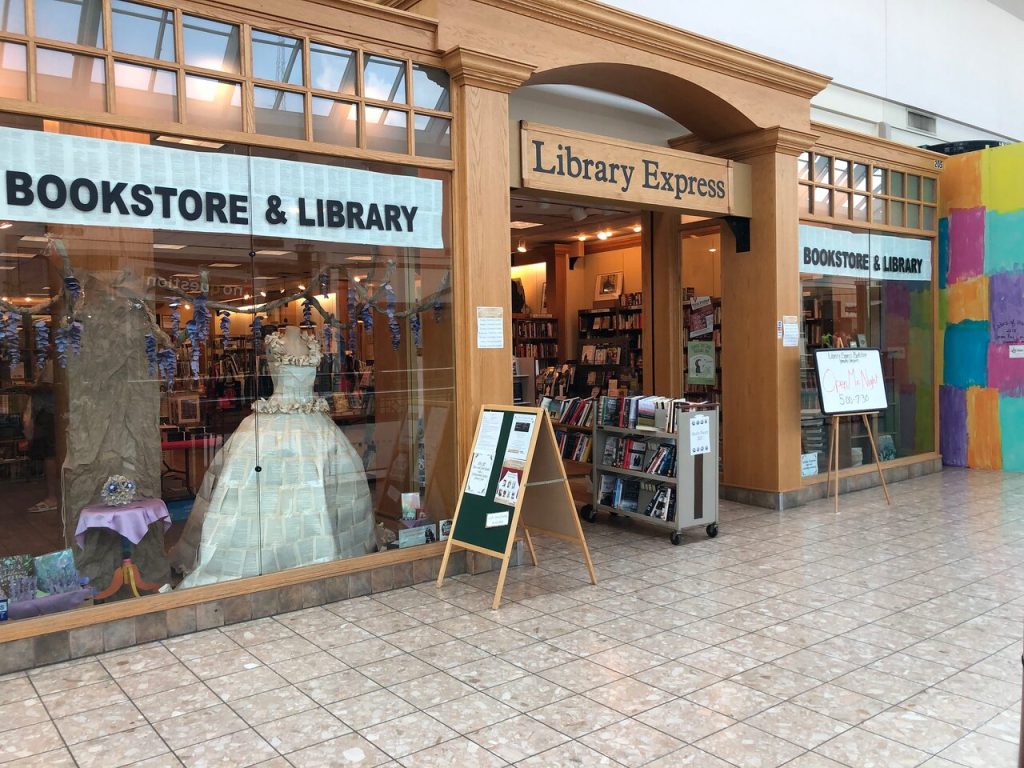
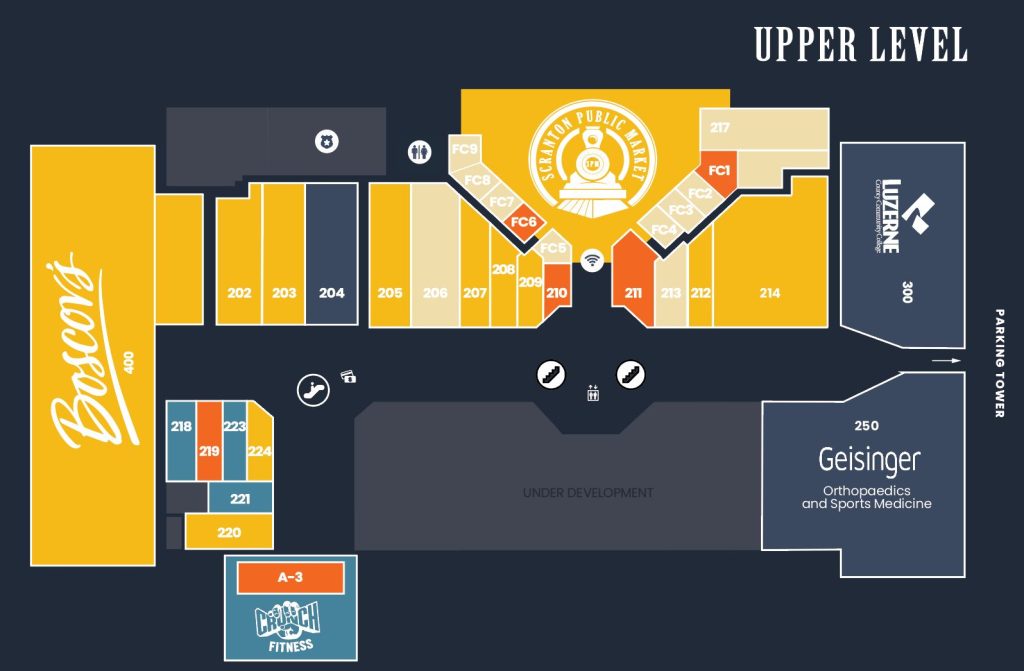
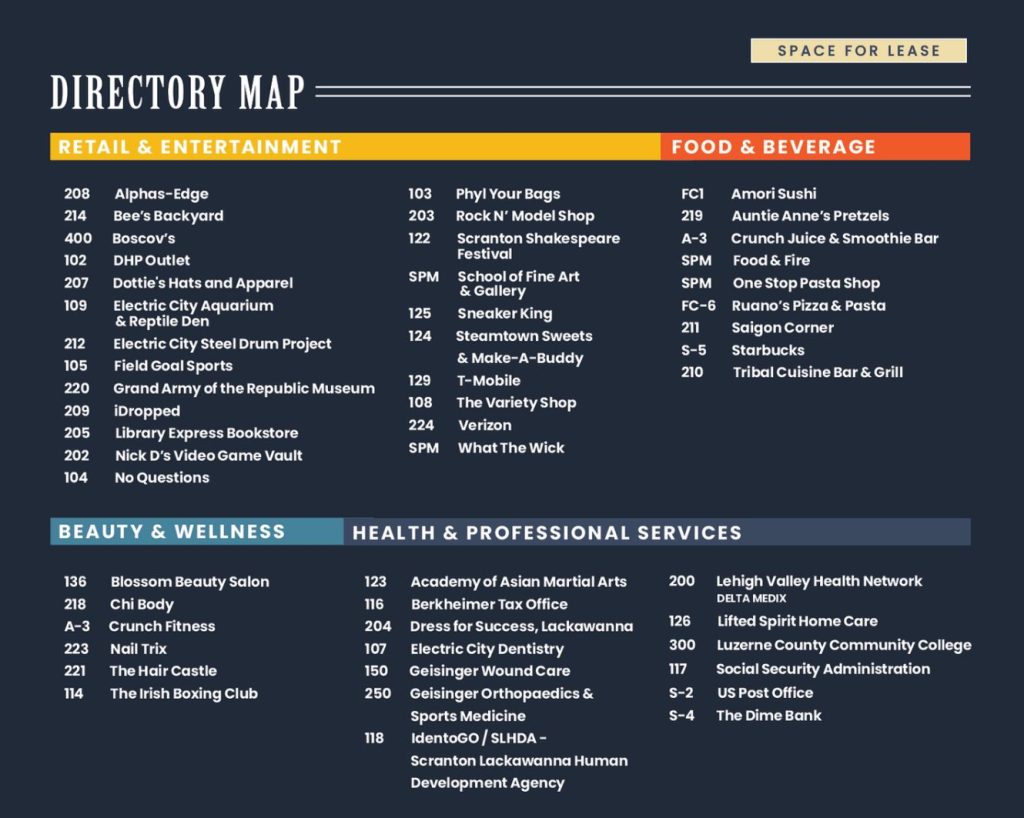
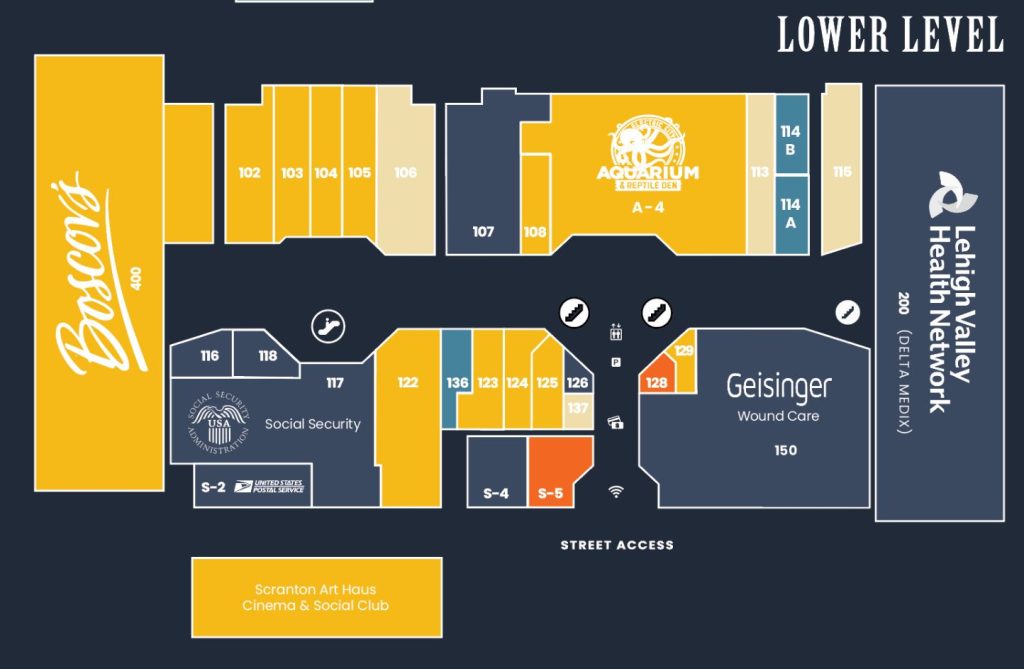
0 Comments